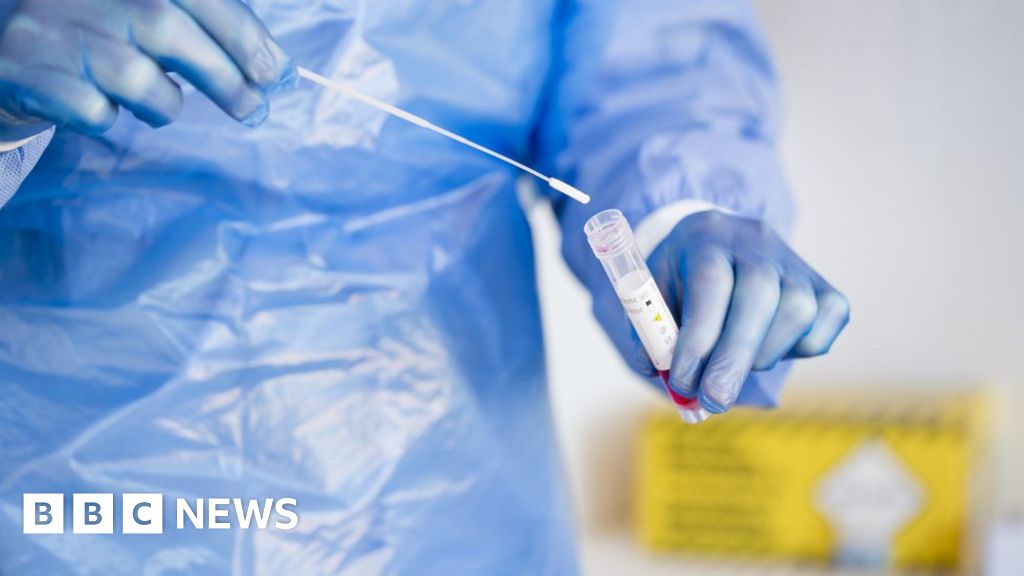The question of whether PCR (Polymerase Chain Reaction) tests are “rigged” is a contentious one, sparking debate amidst the ongoing global pandemic. To address this query thoroughly, it’s crucial to dissect the nuances of PCR testing, its potential pitfalls, and the interpretations of results. The ensuing exploration will equip readers with a comprehensive understanding, facilitating informed judgments on this subject.
I. Understanding the PCR Test: A Primer
PCR tests are the gold standard for detecting the presence of specific genetic material, most notably that of the SARS-CoV-2 virus responsible for COVID-19. This involves a sophisticated molecular biology technique that amplifies small segments of DNA or RNA to detectable levels.
A. The Process Unveiled: Initially, a sample, typically obtained via a nasopharyngeal swab, undergoes RNA extraction.
B. Amplification and Detection: The extracted RNA is then reverse transcribed into DNA. Primers, short sequences complementary to the target viral sequence, are introduced. The PCR machine cycles through various temperatures, allowing for DNA denaturation, primer annealing, and extension, exponentially amplifying the target sequence. Fluorescence monitoring during each cycle quantifies the amount of amplified product, providing a measure of viral load. A threshold is set. If the signal crosses this threshold after a set number of cycles, the test is deemed positive.
II. Potential Sources of Error and Misinterpretation
While highly sensitive and specific, PCR tests are not infallible. Several factors can contribute to inaccuracies or misinterpretations.
A. Contamination Concerns: False positives can arise from cross-contamination in the laboratory. Stringent laboratory protocols are paramount in mitigating this risk. However, the sheer volume of tests processed globally introduces a non-negligible possibility of inadvertent contamination events.
B. Primer Specificity: The accuracy hinges on the primers’ ability to selectively bind to the target viral sequence. If the primers are not perfectly matched or if new viral variants emerge with mutations in the primer binding sites, false negatives may occur.
C. Cycle Threshold (Ct) Values: A high Ct value signifies that a large number of amplification cycles were required to detect the virus. Some argue that high Ct values represent low viral loads, indicating the presence of non-infectious viral fragments or past infections, not active disease. The utility and appropriate interpretation of Ct values remains a point of vigorous contention.
D. Pre-Analytical Errors: Errors can also occur before the sample even reaches the lab. These include improper sample collection, inadequate storage, and delays in transport. Suboptimal collection techniques, such as shallow nasal swabbing, can lead to false negatives.
III. The “Rigged” Allegation: Scrutinizing the Claims
The assertion that PCR tests are deliberately rigged often stems from a mistrust of scientific institutions or governmental bodies. Let’s dissect some common arguments.
A. Inflated Case Counts: Proponents of this theory allege that PCR tests are deliberately calibrated to produce an excessive number of positive results, thereby exaggerating the severity of the pandemic. The argument often centers on the aforementioned issue of Ct values, suggesting that many “positive” cases involve individuals with minuscule viral loads who are not actually infectious. However, the scientific consensus leans towards utilizing Ct values in conjunction with clinical assessment, rather than as a sole determinant of infectiousness.
B. Financial Incentives: Another facet of the “rigged” argument implicates financial motives. It is argued that laboratories and healthcare providers are incentivized to generate positive results to receive greater funding or reimbursement. While financial incentives certainly exist within healthcare systems, there is a lack of substantiated evidence to support widespread deliberate manipulation of test results.
C. Political Agendas: Some postulate that PCR testing is employed as a tool to control populations, enforce mandates, and erode civil liberties. Such claims are usually aligned with broader conspiratorial viewpoints and lack empirical corroboration.
IV. Counterarguments and Scientific Realities
It is vital to consider counterarguments and evidence-based perspectives before concluding that PCR tests are inherently rigged.
A. The Value of Early Detection: Even if some positive cases involve low viral loads, early detection via PCR testing allows for timely intervention, such as isolation, preventing further transmission. This proactive approach is crucial in managing the pandemic, even if it means identifying individuals with limited infectious potential.
B. Quality Control and Standardization: Reputable laboratories adhere to stringent quality control measures to minimize errors. Regular proficiency testing and adherence to standardized protocols ensure a high level of accuracy.
C. Emergence of Variants: Constant viral evolution necessitates ongoing refinement of PCR tests. Modifications to primer sequences and testing protocols are crucial to maintain accuracy as new variants emerge. Continuous monitoring and adaptation are key to mitigating the risk of false negatives.
V. Conclusion: Separating Fact from Conjecture
The assertion that PCR tests are rigged is largely unsubstantiated. While PCR tests are susceptible to errors and misinterpretations, these limitations are well-documented and actively addressed by the scientific community. The application of these tests, like any diagnostic tool, requires careful interpretation within the context of clinical presentation and epidemiological factors. To suggest a widespread conspiracy involving deliberate manipulation of test results necessitates a level of evidence that is presently lacking. The debate surrounding PCR tests highlights the importance of scientific literacy, critical thinking, and informed discourse in navigating complex public health challenges. Vigilance against misinformation and promotion of evidence-based decision-making are paramount in fostering public trust and effectively managing health crises.










Leave a Comment